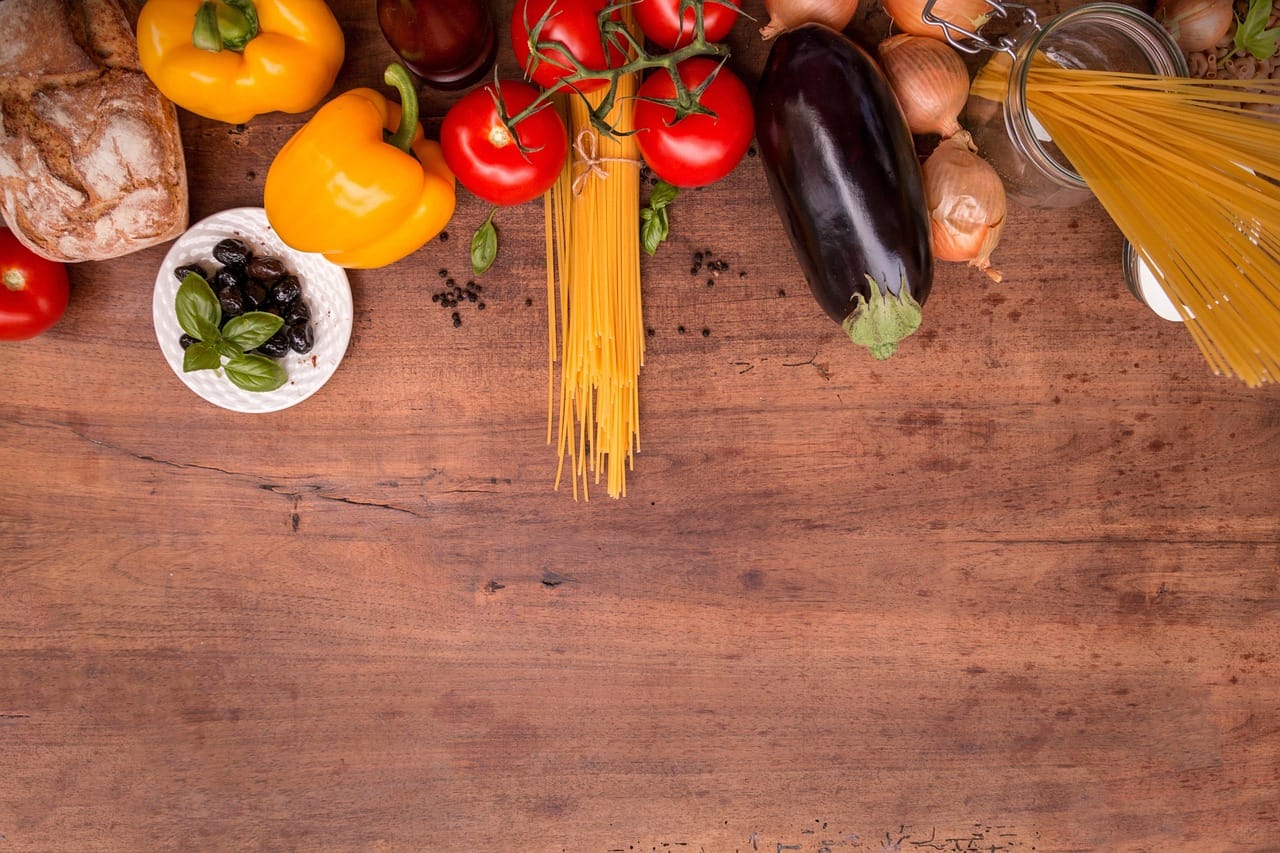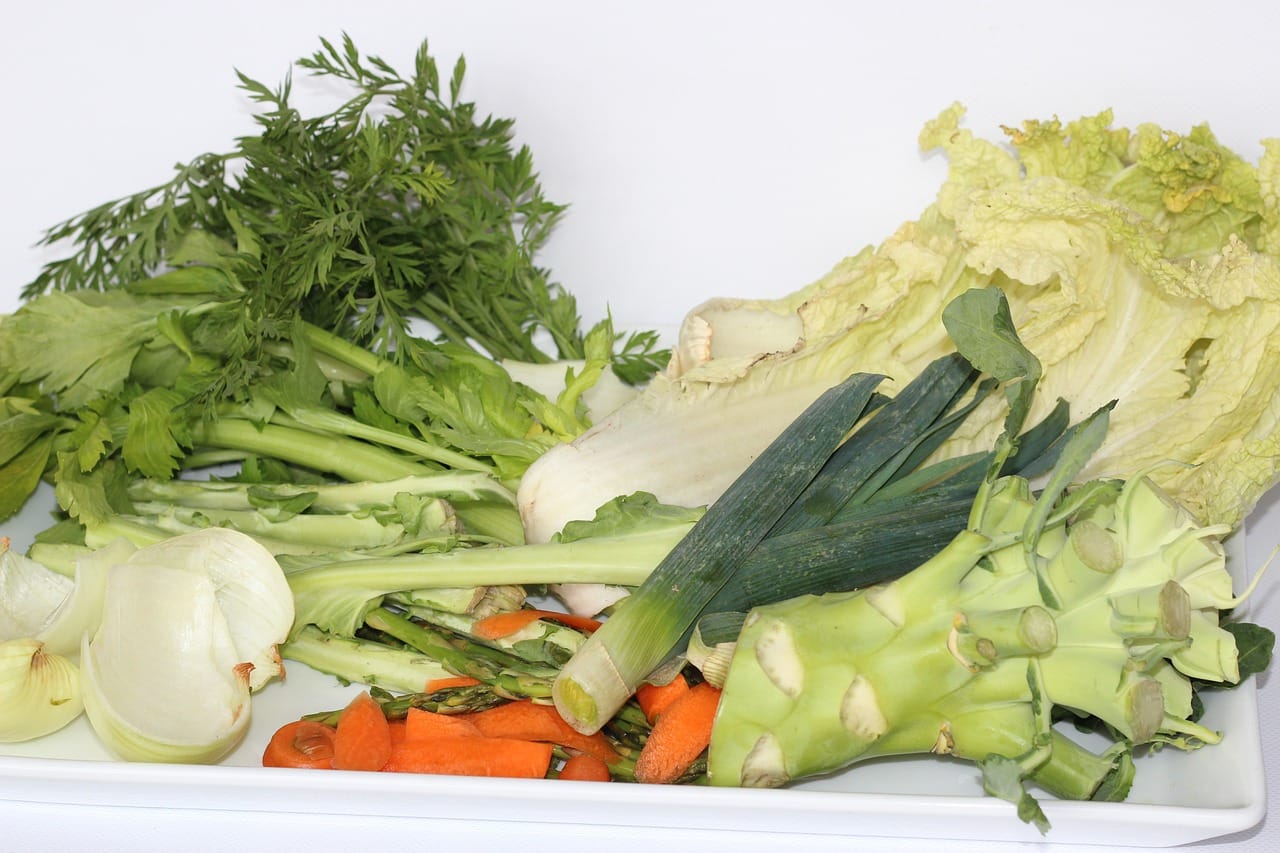Skillet nachos are the ultimate crowd-pleaser, a customizable culinary canvas perfect for game day, a casual get-together, or even a satisfying weeknight dinner. Imagine layers of crispy tortilla chips smothered in melted cheese, flavorful toppings, and your favorite fixings, all cooked to perfection in a single skillet. Ditch the messy plates and individual servings – this is communal eating at its finest! In this blog post, we’ll dive deep into the art of creating the perfect skillet nachos, from choosing the right ingredients to mastering the cooking technique. Get ready to elevate your nacho game!
Choosing the Right Skillet and Chips
Selecting Your Skillet
The skillet is the foundation of your nachos, so choosing the right one is crucial.
- Cast Iron: Cast iron skillets are excellent for even heat distribution and retention, ensuring your cheese melts evenly and your toppings stay warm. A 12-inch cast iron skillet is a great all-around size.
- Oven-Safe Skillets: If you plan to broil your nachos for that extra cheesy, bubbly top, make sure your skillet is oven-safe. Stainless steel or ceramic-coated skillets are typically safe, but always check the manufacturer’s instructions.
- Size Matters: Consider the number of people you’re serving. A smaller skillet is perfect for a single serving or a couple, while a larger skillet is necessary for a crowd.
Example: A 10-inch skillet comfortably serves 2-3 people, while a 15-inch skillet can feed 6-8.
Picking the Perfect Chips
The type of tortilla chips you use significantly impacts the final result.
- Sturdy Chips: Opt for thick, sturdy chips that can withstand the weight of the toppings and melted cheese without becoming soggy. Look for chips labeled “restaurant style” or “tortilla strips.”
- Flavor Considerations: Plain tortilla chips are a classic choice, but don’t be afraid to experiment. Flavored chips like lime, chili lime, or even blue corn can add a unique twist to your nachos.
- Avoid Broken Chips: Sift through the bag and remove broken or overly small chips. These tend to get lost in the layers and become overly saturated.
Building Flavor: The Toppings
Protein Power
Adding protein is key to making skillet nachos a satisfying meal.
- Ground Beef or Turkey: Season ground beef or turkey with taco seasoning for a classic flavor. Brown it thoroughly and drain off any excess grease before adding it to your nachos.
Tip: Use a leaner ground beef (90/10) to minimize grease.
- Pulled Pork or Chicken: Slow-cooked pulled pork or shredded chicken adds a smoky, savory dimension.
- Black Beans or Pinto Beans: For a vegetarian option, black beans or pinto beans are excellent sources of protein and fiber.
Example: Canned black beans, rinsed and drained, are a convenient option.
- Chorizo: Adds a spicy, bold flavor. Cook and crumble before adding.
Cheese, Please!
Cheese is the glue that holds everything together, so choose wisely.
- Shredded Cheese Blend: A blend of cheddar, Monterey Jack, and pepper jack is a popular choice for its meltability and flavor.
Tip: Shred your own cheese for the best melting results. Pre-shredded cheese often contains cellulose, which can inhibit melting.
- Queso Fresco: Crumbled queso fresco adds a fresh, milky contrast to the richness of the other cheeses.
- Consider Melting Point: Cheeses like mozzarella don’t have a strong flavor but melt well, while sharp cheddar has a strong flavor but may not melt as smoothly. Balance is key.
According to the Dairy Research Institute, the ideal melting temperature for cheddar cheese is around 150-160°F.
Fresh & Flavorful Additions
Adding fresh toppings after cooking brightens up the dish and adds texture.
- Diced Tomatoes: Adds acidity and freshness.
- Red Onion: Adds a sharp, pungent bite.
- Jalapeños: For a spicy kick, add sliced jalapeños (fresh or pickled).
- Cilantro: Adds a fresh, herbaceous flavor.
- Avocado or Guacamole: Adds creaminess and healthy fats.
Assembling and Cooking the Nachos
Layering Like a Pro
The key to even distribution of toppings is layering.
- First Layer: Start with a layer of tortilla chips covering the bottom of the skillet.
- Second Layer: Sprinkle about half of the cheese evenly over the chips.
- Third Layer: Add half of the protein and any other desired toppings (beans, onions, etc.).
- Repeat: Repeat the layers, starting with the chips, then cheese, then toppings, until you’ve used all your ingredients.
Cooking Methods
There are several ways to cook skillet nachos.
- Oven Baking: Preheat your oven to 350°F (175°C). Bake for 10-15 minutes, or until the cheese is melted and bubbly.
Benefit: Evenly melts the cheese throughout the nachos.
- Broiling: Broil the nachos on low for 2-3 minutes, watching closely to prevent burning. This method creates a bubbly, browned cheese top.
Caution: Broiling can quickly burn the chips and cheese, so keep a close eye on them.
- Stovetop Cooking: Cover the skillet and cook over low heat until the cheese is melted. This method is best for smaller skillets.
Downside: It can be challenging to get the cheese to melt evenly without burning the bottom layer of chips.
Serving and Garnishing
Finishing Touches
Presentation matters, even for nachos!
- Garnish: After cooking, garnish with fresh toppings like diced tomatoes, red onion, jalapeños, cilantro, and avocado or guacamole.
- Dipping Sauces: Serve with a variety of dipping sauces, such as sour cream, salsa, queso, or hot sauce.
- Plating: Serve directly from the skillet for a rustic presentation. You can also transfer the nachos to a large serving platter.
* Tip: Use a trivet or hot pad to protect your table from the hot skillet.
Dipping Sauces and Sides
Complement your nachos with the right sauces and sides.
- Salsa: Choose your favorite salsa, from mild to spicy.
- Sour Cream: A classic topping that adds coolness and tanginess.
- Guacamole: Creamy and flavorful, guacamole is a must-have for many nacho lovers.
- Queso: Warm, cheesy dip that adds another layer of cheesy goodness.
- Hot Sauce: For those who like a kick, offer a selection of hot sauces.
Conclusion
Skillet nachos are more than just a snack; they’re an experience. By understanding the key elements – from choosing the right skillet and chips to layering the toppings and cooking to perfection – you can create a crowd-pleasing dish that will impress your friends and family. So, gather your ingredients, fire up your oven (or skillet!), and get ready to enjoy the ultimate nacho feast. Don’t be afraid to experiment with different toppings and flavors to create your signature skillet nacho masterpiece!




